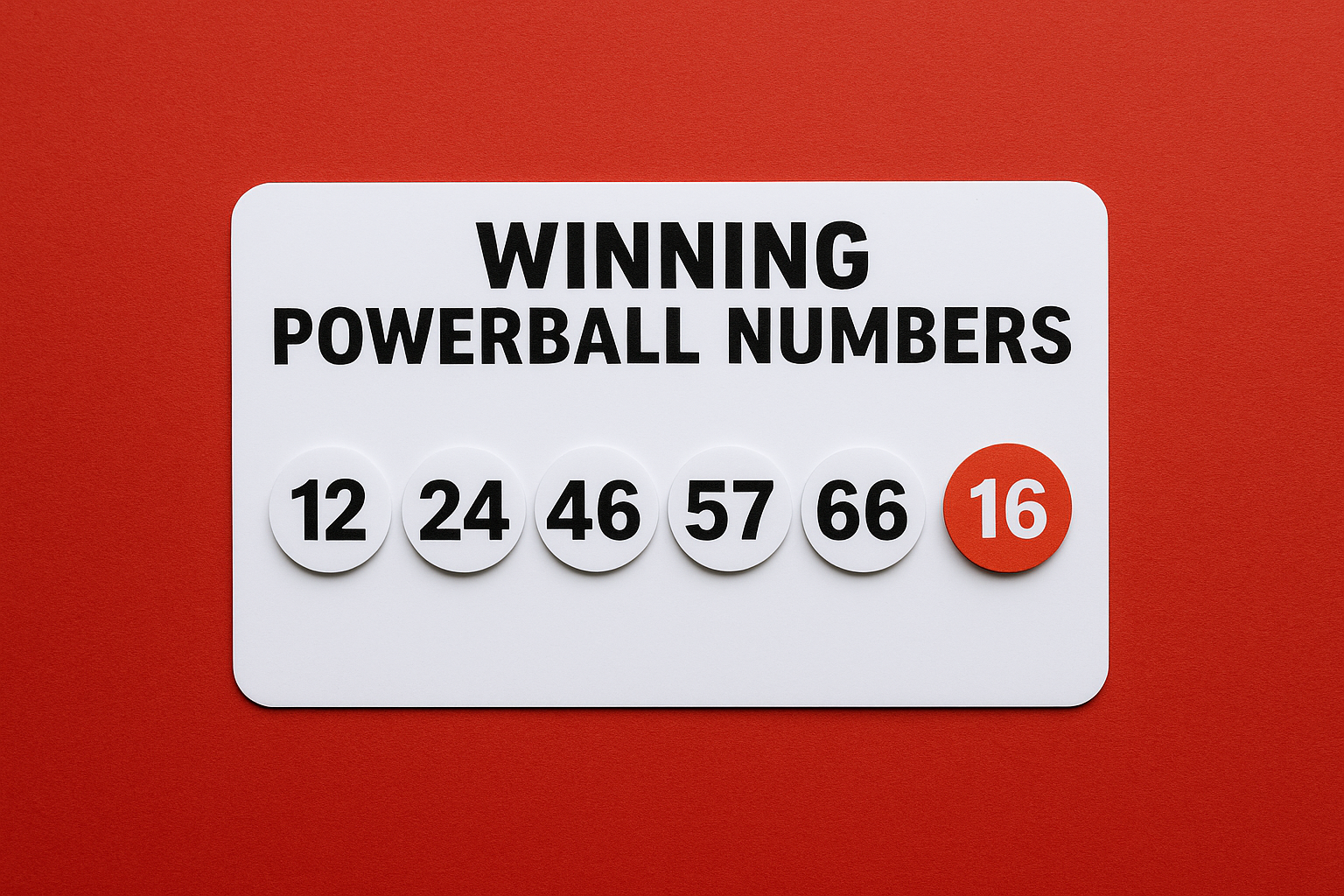Checking winning powerball numbers has become a daily ritual for millions of dreamers across the world. The thought of matching those elusive digits and transforming a modest ticket into a life-changing fortune is a fantasy that has captivated the public for decades. Few stories fuel that hope more than the incredible journey of Richard Lustig, a man who managed to defy astronomical odds by winning the lottery not once but seven times. His improbable streak turned him into a media sensation, a subject of fascination for mathematicians and aspiring jackpot winners alike. Exploring how Lustig achieved this feat offers insight into the interplay of luck, strategy, and perseverance that fuels the global lottery phenomenon.
Born in 1950, Richard Lustig spent most of his life in the entertainment industry before he became a household name through the lottery. His first brush with luck came in 1993 when he won a modest $10,000 in a Florida scratch-off game. Over the next two decades, he continued to purchase tickets, fine-tuning an approach that he believed improved his odds. Lustig’s wins ranged from small prizes to a $842,152 jackpot in 2002 and a $73,658 Fantasy 5 prize in 2010. By the time he published his book “Learn How to Increase Your Chances of Winning the Lottery”, Lustig had amassed more than one million dollars in prize money. While skeptics point out that his total winnings were spread over many years and games, his seven-ticket streak is undeniably one of the lottery success stories that captured headlines.
Lustig’s methodology centered on consistency and discipline. He argued that picking the same set of numbers for every draw increased the probability of eventually landing a winning combination. He also stressed the importance of budgeting for tickets, recommending that players only spend money they could afford to lose. Unlike many gamblers who chase losses, Lustig treated his lottery purchases as entertainment rather than an investment. He claimed to spend about $20 to $30 per week on tickets, focusing mostly on state games with better odds than national lotteries. For him, the key was persistence: he continually monitored past draws, analyzing patterns and making minor adjustments while sticking to his chosen numbers.
One of the major principles Lustig advocated was the creation of lottery pools, where friends or co-workers pooled their resources to buy more tickets and share any winnings. This approach not only increases the number of combinations a group can play but also spreads the cost among participants. When asked whether he had secret systems or contacts, Lustig maintained that success came from understanding the rules and playing smart. He admonished players who randomly select numbers or rely on quick picks, arguing that taking control of one’s selections was part of a broader strategy. These lessons formed the backbone of his self-published guide, which sold thousands of copies to hopeful readers searching for their own lottery success stories.
Lustig also spoke about the psychological aspects of playing the lottery. He believed that positivity and visualization could contribute to success, much like athletes who mentally rehearse their performances before big events. Though there is no scientific evidence that mindset influences lottery outcomes, Lustig insisted that believing in one’s chances can help players stay motivated and disciplined. He encouraged people to treat the game as a hobby rather than a get-rich-quick scheme. By limiting spending and maintaining realistic expectations, players could enjoy the thrill of anticipation without jeopardizing their financial well-being. This philosophy resonated with many, as it balanced aspiration with responsibility.
To put Richard Lustig’s achievements into context, it’s essential to understand the math behind lottery games. The odds of winning a grand prize like Powerball are roughly 1 in 292 million, meaning that randomness overwhelmingly dictates outcomes. Even smaller state lotteries have odds in the tens of millions. Experts caution that no system can overcome these odds; each drawing is an independent event. While some players enjoy analyzing number frequency and combinations, these patterns have no influence on future results. However, strategies like buying more tickets or joining a lottery pool can slightly increase one’s chances simply by expanding coverage. Still, the probability remains low, and participants must be comfortable with the risk. Those who dream of big prizes should always take time to check winning powerball numbers after each draw to stay informed and avoid missing a potential claim.
At the heart of public interest in Lustig’s story is the broader question: Do lottery winning strategies really wor
k? This query has been debated by statisticians, journalists and players for years. While Lustig himself advocated for consistent number selection and disciplined play, critics argue that his wins can be attributed to variance rather than a reliable system. In fact, the Florida Lottery issued a statement clarifying that all games are random and that no technique can guarantee success. Nevertheless, the allure of beating the odds continues to drive sales, and many still search for ways to tip the scales in their favor. For those exploring this topic, an article on the subject can serve as a balanced resource, weighing Lustig’s personal experience against the mathematics of chance. Such an evaluation might be an important step before investing in books or guides that promise unrealistic results.
Lustig’s advocacy for pools and budgeting aligns with general responsible gaming guidelines. Financial advisors and counselors emphasize that lotteries should be treated as entertainment; participants should set strict limits and avoid borrowing money to buy tickets. Setting aside a small portion of disposable income for lottery play can prevent the game from interfering with bills or savings goals. Additionally, players should be aware of taxation on winnings; the Internal Revenue Service in the United States takes a significant portion of large prizes, and winners must plan for lump-sum or annuity options accordingly. Reading about past winners reveals that sudden wealth can be both a blessing and a challenge, requiring prudent financial planning.
Another aspect of Lustig’s story involves the media attention he garnered after his wins. Television appearances, interviews and his book raised questions about whether his methods were more marketing than miracle. Some accused him of capitalizing on gullible players; others admired his entrepreneurial spirit. Despite differing opinions, Lustig’s narrative underscores how lottery winners often become public figures. This fame can lead to opportunities such as sponsorships, speaking engagements and even reality TV appearances. However, it also exposes winners to scammers and opportunists, reinforcing the need for discretion and professional advice.
While exploring Lustig’s strategy, it’s also worthwhile to consider how lotteries support public programs. Many state lotteries allocate portions of their revenue to education, infrastructure and social services. By buying tickets, players indirectly contribute to these funds. However, critics argue that lottery revenue disproportionately comes from lower-income demographics, raising ethical concerns about regressive funding models. Understanding the social impact of lottery systems can help players make informed decisions about participation.
The story of Richard Lustig invites us to reflect on our own relationship with luck and risk. Whether one sees him as a statistical anomaly, a savvy player or a marketing maven, there’s no denying the excitement his narrative generates. For those who enjoy the thrill of the draw, his example may inspire them to approach the game with patience and moderation. For others, it may serve as a cautionary tale about the unpredictability of gambling and the importance of financial discipline. Ultimately, the choice to play remains a personal one, influenced by cultural attitudes, personal beliefs and economic circumstances.
In practical terms, players who want to emulate Lustig’s approach can start by researching their local games. Powerball, Mega Millions and state lotteries each have different odds, prize structures and drawing frequencies. Studying these details may help players choose which games to participate in. Building a small pool with trusted friends or family can also extend one’s reach without increasing individual spending. Finally, players should ensure they always check winning numbers promptly; unclaimed prizes are more common than one might expect, with millions of dollars going unclaimed each year due to lost tickets or missed deadlines. In an age where results are readily available online and through mobile apps, staying informed is easier than ever.
Do lottery winning strategies really work?
As the lottery industry evolves, innovations like mobile ticket purchases, subscription services and second-chance drawings are changing how people play. Some of these new features offer players more convenience, while others raise regulatory questions about responsible gaming. Keeping abreast of changes in lottery regulations and technology can help players adapt their strategies. For example, some jurisdictions now allow players to set deposit limits and receive notifications about spending, making it easier to keep play within boundaries. Staying informed is crucial for anyone serious about playing the lottery safely.
Richard Lustig’s seven lottery wins remain a fascinating case study in luck, strategy and human psychology. Whether you believe his methods hold any merit or not, his story encourages us to dream while reminding us of the realities behind the odds. If you’re curious about exploring techniques that might optimize your play, consider learning more abo
How To Increase Your Chances of Winning The Lottery. By understanding the probabilities, setting clear limits and exploring responsible gaming practices, you can enjoy the excitement of the draw without compromising your financial well-being.





Leave a Reply